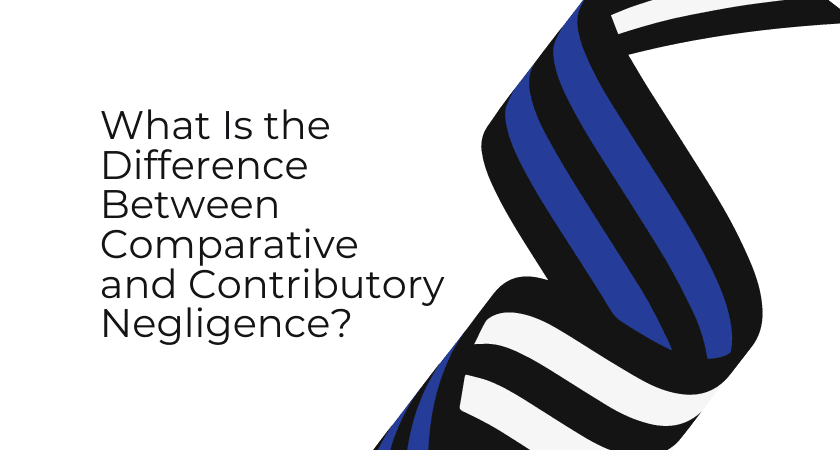In a California personal injury lawsuit, you will need to prove that the at-fault party acted in negligence and caused the damages you are seeking compensation for. At the conclusion of your case, the court will decide if you are eligible for damages and if so, how much your settlement will be.
Identifying negligence is not simple in many cases, and the court may find that both parties’ actions contributed to the accident. In these situations, the court will either apply the theory of comparative negligence or the theory of contributory negligence to determine the amount of the final settlement. The specific theory that the court applies will depend on the state you reside in.
What Is Contributory Negligence?
Contributory negligence states do not allow plaintiffs who share more than 1% of the fault from claiming compensation in a personal injury lawsuit. This means you lose your chances at compensation if you contributed to the accident at all. The only states who still apply the contributory negligence method include Alabama, Maryland, North Carolina, and Virginia.
Let’s say you are in a car accident with another driver at a stop sign. You brake, the driver behind you doesn’t, and he hits the back of your vehicle. You suffer medical bills, damage to your vehicle, and pain and suffering worth $20,000, and request this settlement amount in your lawsuit.
However, the court finds that you had broken brake lights at the time of the accident, and assigns you 80% of the fault in your case. If you reside in a state that practices contributory negligence, you will not receive any damages.
What Is Comparative Negligence?
While contributory negligence is the most severe negligence rule, many states do not use this method. Instead, most states follow a comparative negligence system, which allows plaintiffs to collect compensation even if they share a portion of the fault.
There are two types of comparative negligence rules: pure and modified. California is a pure comparative negligence state, which means you can collect compensation in a personal injury lawsuit even if you share up to 99% of the damages. The court will simply reduce your award by the portion you share. Using our broken brake light example, you can still receive $4,000 out of your $20,000 settlement if you share 80% of the fault.
There are two different types of modified comparative negligence states. In some modified comparative negligence states, such as Colorado, you cannot receive compensation if you share at least 50% of the fault. In other modified comparative negligence states, such as Hawaii, you cannot claim compensation if you share 51% or more of the fault in your claim.
You would not receive damages under our broken brake light scenario if you shared 80% of the fault. If the court determines you shared 40% of the fault, you could receive $12,000 out of the original $20,000 under both modified comparative negligence systems.
Hire an Attorney for Your Personal Injury Case
Comparative and contributory negligence can reduce the amount of compensation you receive significantly. In these situations, you must defend yourself against claims that you share liability for the accident by highlighting the at-fault party’s negligent actions.
Hiring a Bakersfield personal injury attorney to represent your claim can help you protect your best interests during the lawsuit process. Your attorney will conduct a full-scale investigation into your claim, crafting a compelling case for your need for compensation and proving the negligence of the at-fault party.
Contact your personal injury lawyer today to discuss your story and begin filing your claim.
